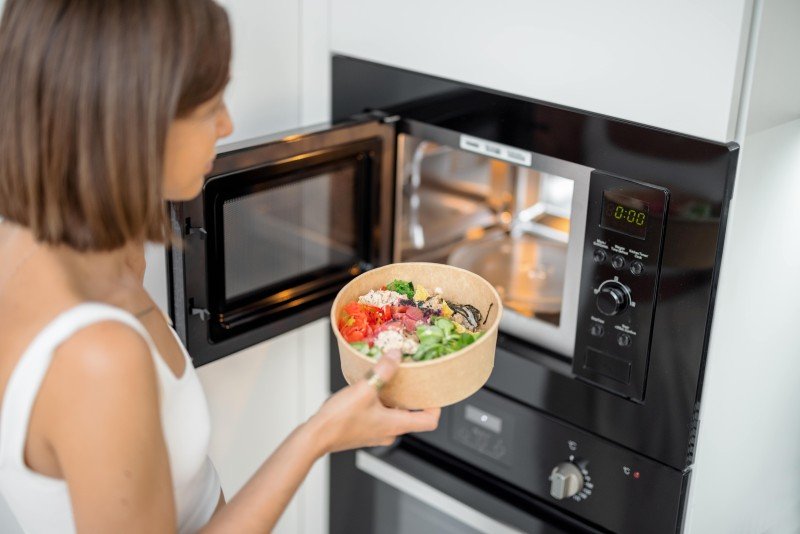Understanding Kitchen Ovens and Hobs: A Comprehensive Guide
The kitchen is typically referred to as the heart of the home, and for excellent factor. It is where households come together, meals are prepared, and memories are developed. Central to this cooking haven are two vital home appliances: the kitchen oven and the hob. Understanding their functions, types, and functionalities is crucial for efficient cooking and can considerably enhance a home chef's experience. This article will explore the world of kitchen ovens and hobs, analyzing their different types, advantages, and pointers for making informed options.
Table of Contents
- Introduction to Kitchen Ovens
- Kinds of Ovens
- Conventional Ovens
- Convection Ovens
- Microwave Ovens
- Steam Ovens
- Understanding Hobs
- Kinds of Hobs
- Gas Hobs
- Electric Hobs
- Induction Hobs
- Advantages of Using Ovens and Hobs
- Choosing the Right Oven and Hob for Your Kitchen
- Maintenance Tips for Ovens and Hobs
- FAQs
- Conclusion
1. Introduction to Kitchen Ovens
Ovens are vital home appliances in modern-day cooking areas. They offer a regulated environment for baking, roasting, and broiling food. With various styles and performances, choosing the ideal oven can significantly impact cooking times, food texture, and flavor.
2. Kinds of Ovens
Conventional Ovens
Conventional ovens are the most common type found in homes. They use either electric or gas power to warm the interior and typically include a single cooking area.
Benefits:
- Versatile for baking, roasting, and broiling.
- Normally cost effective.
Convection Ovens
Convection ovens are similar to traditional ovens however come equipped with a fan that distributes hot air throughout the cooking chamber. This results in even cooking and browning.
Benefits:
- Reduced cooking times due to improved air flow.
- Enhanced browning and crisping of foods.
Microwave Ovens
Microwave utilize electromagnetic radiation to heat food quickly, making them hassle-free for thawing and reheating leftovers.
Advantages:
- Very quickly cooking times.
- Energy efficient.
Steam Ovens
Steam ovens make use of steam to prepare, maintaining the wetness and nutrients in food. They are particularly popular among health-conscious cooks.
Benefits:
- Healthier cooking alternative.
- Maintains vitamins and minerals in food.
3. Comprehending Hobs
Hobs, likewise called cooktops, are the flat surface areas on which pots and pans are placed to prepare food. They can be integrated into kitchen countertops and are offered in various designs, fuel types, and designs.
4. Kinds of Hobs
Gas Hobs
Gas hobs utilize gas burners as their heat source, offering instantaneous heat and exact temperature level control.
Advantages:
- Excellent control over cooking heat.
- Normally cheaper to run than electric ones.
Electric Hobs
Electric hobs heat using electric coils or glass surface areas. They may take longer to warm up than gas, however they supply a smooth cooking surface and are simpler to clean.
Benefits:
- Even heat circulation.
- Safe, as there's no open flame.
Induction Hobs
Induction hobs utilize electro-magnetic energy to straight warm pots and pans. Ovens And Hobs require compatible pots and pans and offer instant responsiveness.
Advantages:
- Highly energy-efficient.
- Faster cooking times and exact temperature level control.
5. Benefits of Using Ovens and Hobs
Both ovens and hobs included their own special set of advantages that can improve any cooking experience. Here are a couple of essential advantages:
- Diverse Cooking Options: Both home appliances permit for a variety of cooking methods consisting of boiling, frying, roasting, baking, and steaming.
- Time Efficiency: Modern ovens and hobs frequently include quick cooking settings, which conserve time in the kitchen.
- Accuracy Cooking: With advanced features, users can attain much better lead to temperature control and cooking times.
6. Picking the Right Oven and Hob for Your Kitchen
When selecting the right oven and hob, numerous elements ought to be considered:
- Size: Ensure that the device fits comfortably in your kitchen space.
- Cooking Style: Consider what types of food you regularly prepare.
- Fuel Type: Whether gas or electric, think about schedule and efficiency in your area.
- Budget plan: Determine your budget and discover devices that meet your requirements within that range.
Checklist for Choosing Your Oven and Hob:
- Assess kitchen space.
- Recognize your cooking preferences.
- Determine power source accessibility.
- Compare functions and specs.
- Set a budget plan variety.
7. Maintenance Tips for Ovens and Hobs
Routine upkeep is important for keeping ovens and hobs in optimal condition. Here are some upkeep tips:
- Clean Regularly: Wipe down surface areas after each use and deep tidy periodically.
- Check Seals: For ovens, examine door seals to guarantee they are airtight.
- Take a look at Burners: For gas hobs, keep burners without food particles to preserve efficient heating.
- Replace Filters: If your oven has a filter, replace it as suggested by the manufacturer.
8. Frequently asked questions
1. What is the difference in between a standard oven and a convection oven?Conventional ovens
cook food through convected heat, while convection ovens distribute hot air, resulting in quicker and more even cooking. 2. Do induction hobs require special cookware?Yes,
induction hobs require ferrous pots and pans that can being magnetized to work effectively. 3. Are steam ovens worth the investment?For health-conscious people or those who often cook veggies and delicate foods, steam ovens can be worth the investment
due to their capability to retain nutrients. 4. Can I combine an oven and hob into one unit?Yes, many manufacturers provide combined systems called variety cookers, which integrate both an oven
and hob into a single device. 9. Conclusion Kitchen ovens and hobs are important components of any culinary space, each offering unique features and functionalities matched for different cooking designs.
By comprehending the
kinds of ovens and hobs readily available, their benefits, and how to keep them, home chefs can cultivate a more effective and enjoyable cooking experience. Whether one is a seasoned cook or a newbie, making notified decisions about these essential kitchen home appliances is important.

